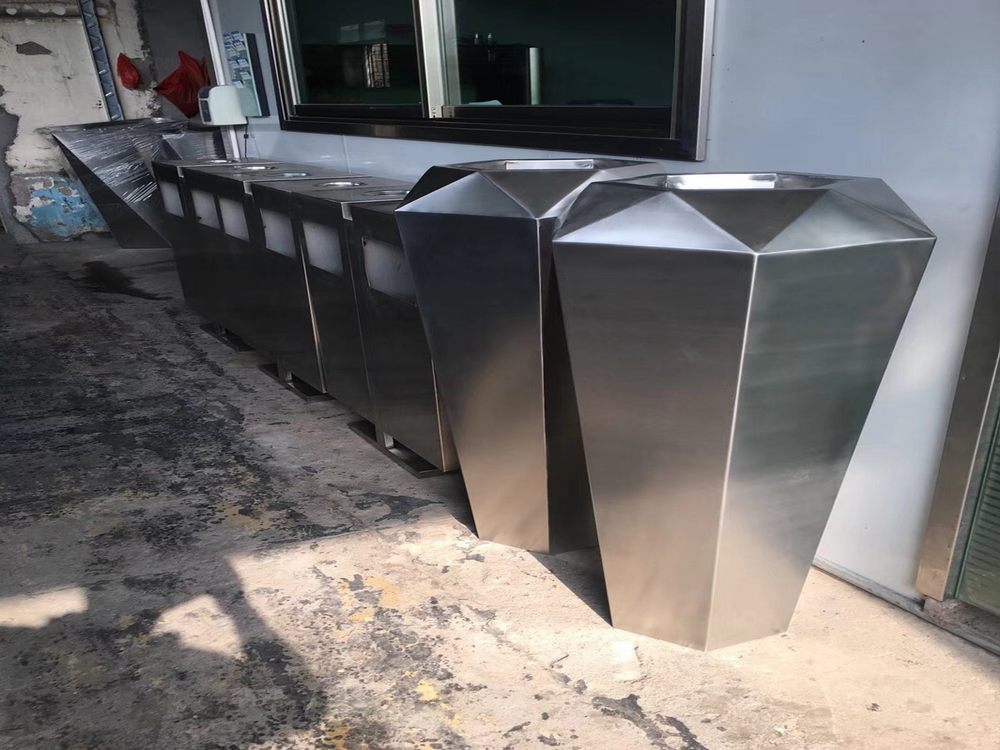
Metal sculptures are unique works of art that require skill, creativity, and labor. But how do artists determine their prices, and what factors influence the final cost? Here’s a breakdown of the key elements that shape pricing in the world of metal sculpture.
1. Materials and Quality
The type of metal used—bronze, steel, aluminum, or recycled materials—plays a significant role in pricing. High-quality metals like bronze are more expensive, while recycled or mixed-media pieces may vary in cost.
2. Complexity and Labor
Intricate designs and large-scale sculptures demand more time and effort. Artists often charge based on hours spent welding, shaping, and finishing the piece.
3. Artist Reputation and Demand
Established artists with a strong portfolio and high demand can command premium prices. Emerging artists may price competitively to build their clientele.
4. Customization and Commission Work
Custom sculptures tailored to a buyer’s specifications often cost more due to additional design work and adjustments.
5. Market Trends and Location
Regional demand, gallery commissions, and art market trends can influence pricing. Urban art hubs may see higher prices than smaller markets.
Ultimately, metal sculpture pricing reflects a blend of artistry, effort, and market dynamics. Whether you're a collector or an enthusiast, understanding these factors helps appreciate the true value of each piece.

